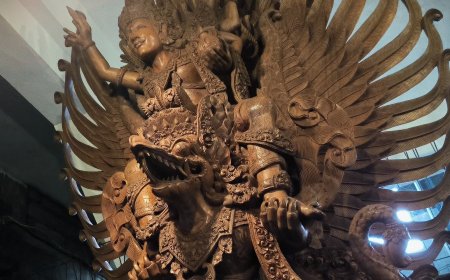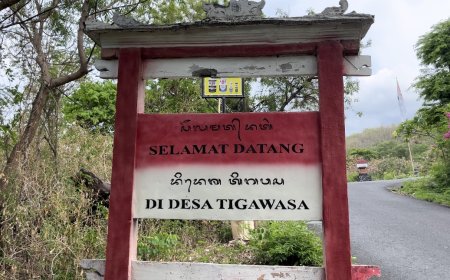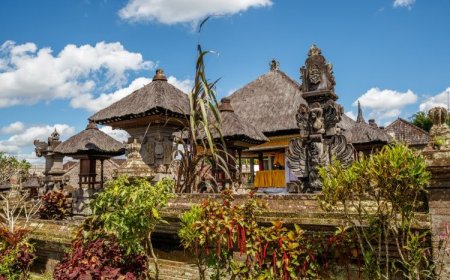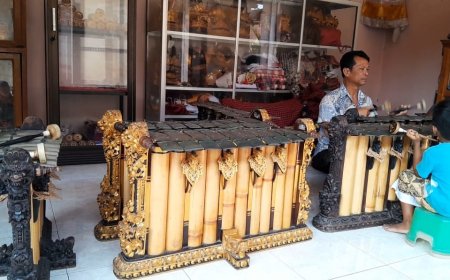Desa Sidetapa: Journey to the Root of Bali Aga Culture
Nestled atop the hills of Bali, Desa Sidetapa, renowned as a Bali Aga Village, stretches as a grand testament to the preserved cultural richness. The traditional house, Bale Gajah Tumpang Salu, stands as a silent witness to ancestral traditions, embodying the Tri Mandala concept that guides visitors on a spiritual journey. The unique art of bamboo weaving, a heritage passed down through generations, adorns the village with functional marvels, showcasing an unbroken dedication from one generation to the next. With sacred sites like Bale Agung and Puseh Pejana, the village preserves the authenticity of Bali Aga, inviting visitors to immerse themselves in an unforgettable narrative of beauty and wisdom.
At the gentle embrace of the hilltops cradling Bali, unfolds a historical gem, a repository of boundless beauty and uniqueness. Desa Sidetapa, fortified as an ancient village or Bali Aga by the local government in 2017, radiates the enchantment of ancestral heritage meticulously preserved.
One distinctive feature that renders Desa Sidetapa unique is the traditional house called Bale Gajah Tumpang Salu. The name weaves together meanings: "Bale" referring to home, "Gajah" symbolizing a four-legged structure, "Tumpang" denoting levels, and "Salu" signifying three. This concept gives rise to a building with a structure not only physically robust but also laden with profound philosophical meanings.
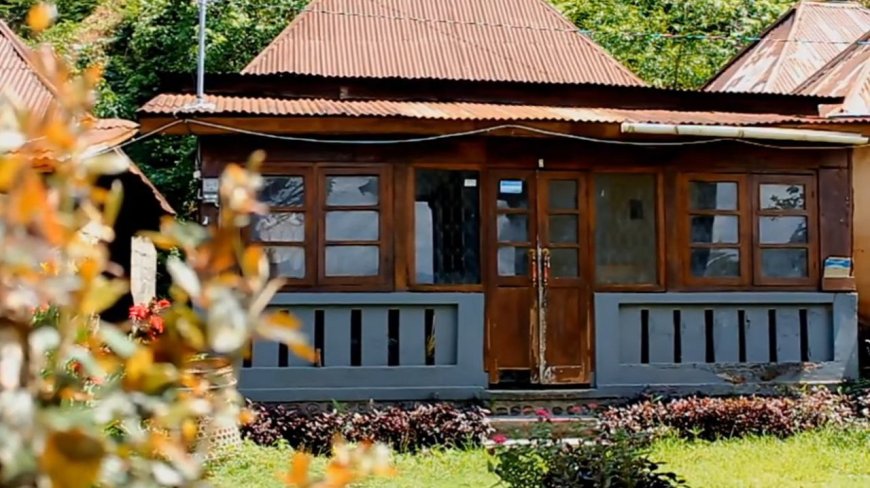
Bale Gajah Tumpang Salu (Photo Source: Personal Collection)
Desa Sidetapa breathes life into the concept of Tri Mandala within its traditional houses, creating three rooms with distinct functions. Nista Mandala, far from being merely an outer space, unfolds as a beautiful open stage to warmly welcome guests. Madya Mandala serves as the central space, adorned with furnishings that infuse warmth into the home's atmosphere. Meanwhile, Utama Mandala becomes a space for worship and slumber, encapsulating spirituality and daily life in harmonious unity.
The grandeur of this traditional house extends across a foundation crafted from wood, zinc, stone, and soil. With a bold orientation away from the road, it becomes not just architecture but a strategic defense involving thoughtful considerations to shield homeowners from potential threats.
Beyond captivating with tradition and customs, Desa Sidetapa also nurtures the legacy of bamboo weaving. This skill is more than just a craft; it is an art passed down from generation to generation. Through skillful hands, bamboo transforms into functional pieces of art that mesmerize.
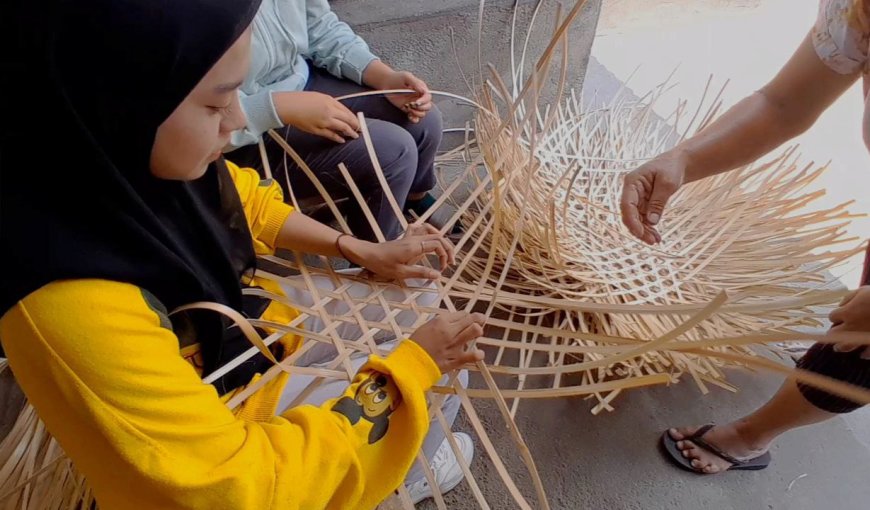
Bamboo Weaving in Desa Sidetapa (Photo Source: Private Collection)
Desa Sidetapa also unveils breathtaking natural beauty, especially with the presence of the Mapah waterfall. Here, not only are the eyes treated to a stunning view, but the soul is also engulfed in tranquility and unparalleled serenity.
The village presents a unique arrangement of temples. Unlike other areas in Bali, Desa Sidetapa does not adhere strictly to the Tri Kahyangan concept. Instead, there are separate temples, each with its distinct role. Pura Bale Agung serves as the spiritual center, Pura Puseh Pejana radiates grace, and Pura Rambut Tunggang brings sacredness through its beautiful architecture.
Desa Sidetapa is not just an ordinary tourist destination; it is a harmonious encounter between natural beauty and cultural richness, where history and the present intertwine in an unbroken thread of time. Stepping into this village, you are not merely visiting; you are immersing yourself in life's beauty and wisdom ingrained in every stone, every bamboo weave, and in the cascading flow of the Mapah waterfall—an experience of unforgettable harmony where Bali converges with history, and nature narrates its tale.






































